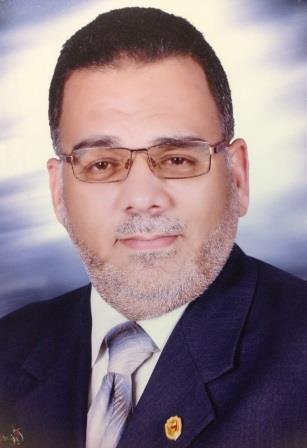ABSTRACT
Background: The techniques for treatment of an inguinal hernia range from the tissue-repairs to the tension-free hernioplasty. The use of a mesh for repair not free of complications and had higher costs. The Desarda technique for inguinal hernia repair is a new tissue-based method application of the external oblique muscle aponeurosis in the form of an undetached strip has been introduced as a new concept in tissue based hernia repair. The aim of the present stusy was to compare the standard mesh-based Lichtenstein technique with the tissue-based Desarda technique.
Methods: In this prospective study, patients with an Inguinal hernia who were referred and enrolled in the study for elective Desarda or Lichtenstein repair between May 2012 and November 2016 at Sohag and Assiut university hospitals, Egypt; Operation, anaesthesia, rescue analgesia and postoperative care were standardized. Patients were assessed for operation time, postoperative pain, hospital stay, foreign body sensation, complications and recurrence rate in the postoperative period on day 1, 1 week, 1, 12 and 24 months, postoperatively.
Results: Of 130 patients were included in the study, 65 underwent Desarda (D) versus 65 underwent Lichtenstein repair (L) between May 2012 and November 2016 at Sohag and Assiut university hospital in Egypt. In Desserda group (D) 64 OF 65 patients were male and in Lichtenstein repair group (L) 65 of 65 were male. The patient's age for (L) Group was 40±11.69 and for (D) group was 38±11.55. As regards operative time, hospital stay, return to activity and work for or post-operative pain 24 hours and 7 days after the operation. D group was significantly lower than (L). No difference between groups regarding intraoperative, postoperative complication, mortality rate, recurrence rate, or post-operative pain six months after operation.
Conclusions: Desarda repair had lower operative time, early return to basic and work activity, shorter hospital stay and less post-operative pain than Lichtenstein repair. The result of our study supports the use of Desarda repair in our hospitals as the method of choice for most of the patients due to low cost, low recurrence rate, and simplicity of repair


